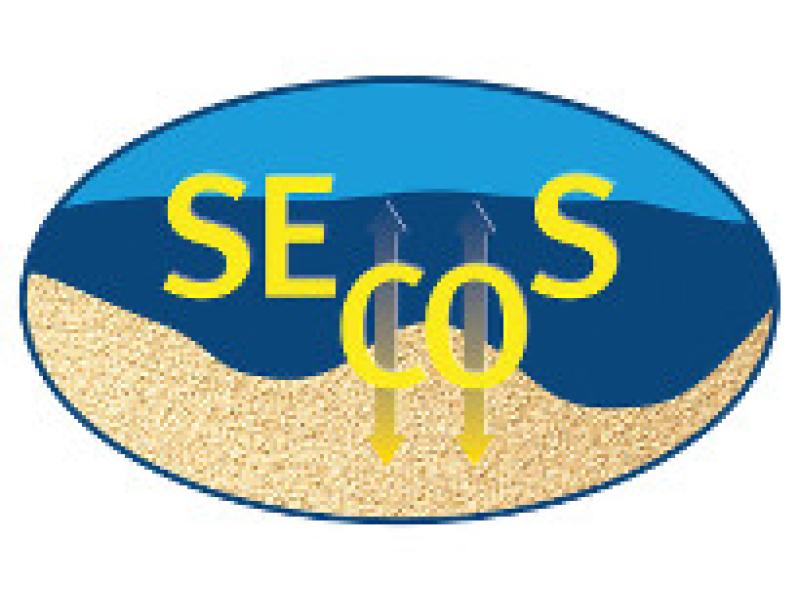Coastal and marginal seas serve as natural reaction sites for the processing and accumulation of land-derived discharges. The main location of modification and accumulation of input into coastal and marginal seas are in most cases the sediments. In the SECOS project the key position of sediments as central reactors in land-sea interaction is investigated. The distribution and quantitative relevance of sedimentary services in the range of the German Baltic waters shall be mapped and modeled including projection of future scenarios with the aim to advance the development of management tools.
Ecosystem services of the western Baltic Sea sediments will be simulated with a state-of-the-art three-dimensional ecosystem model - ERGOM (Ecological ReGional Ocean Model). Improved parameterizations in the sediment module and increasing spatial model resolution of the coupled ERGOM/MOM (Modular Ocean Model) model lead to increased computational costs. For that, the model setup has to be analyzed and optimized considering numerical algorithms reducing data movement in critical sections. These optimization strategies cover the whole scale of memory access, from compute node level through the MPP (Massively Parallel Processing) interconnect up to the parallel global file system access.
Further details:
http://secos.deutsche-kuestenforschung.de/
